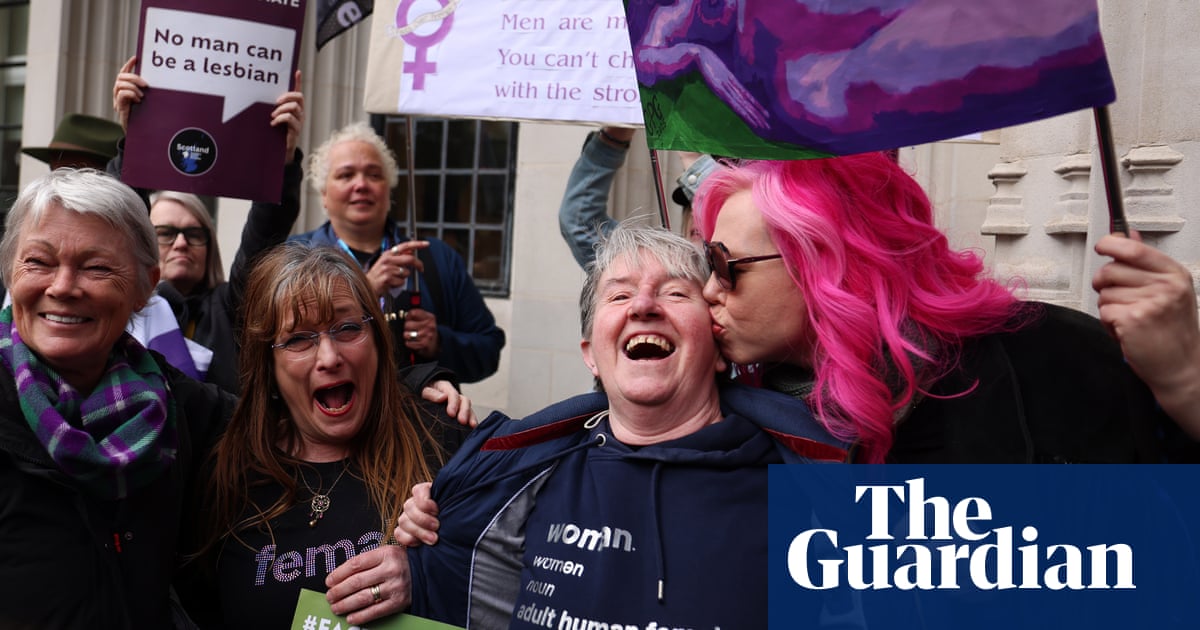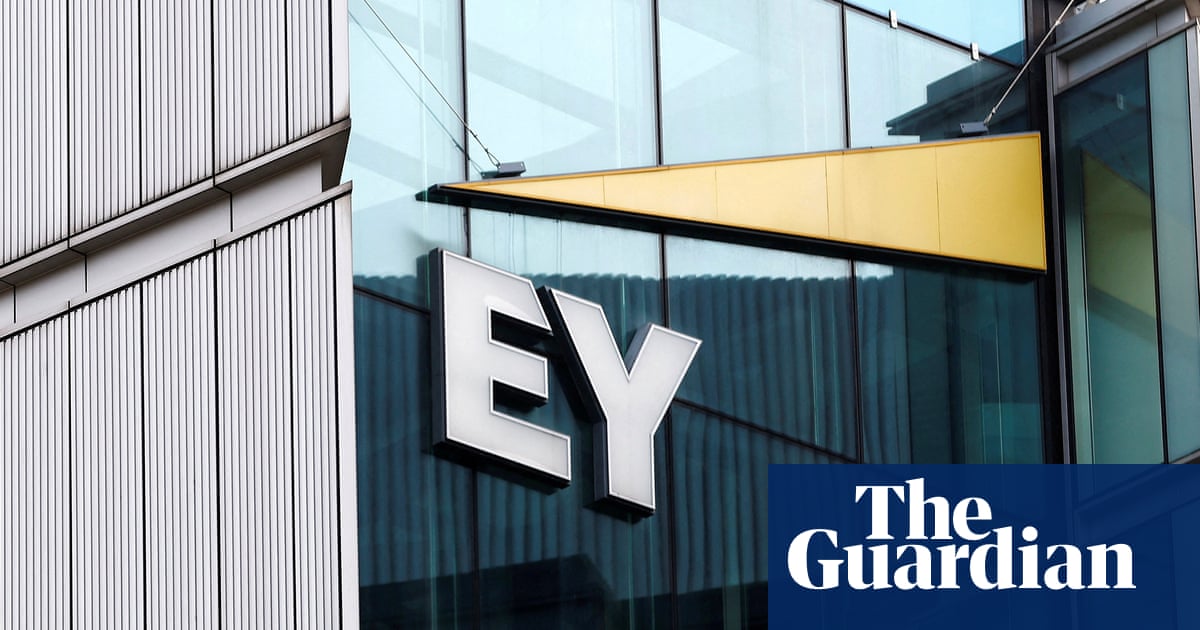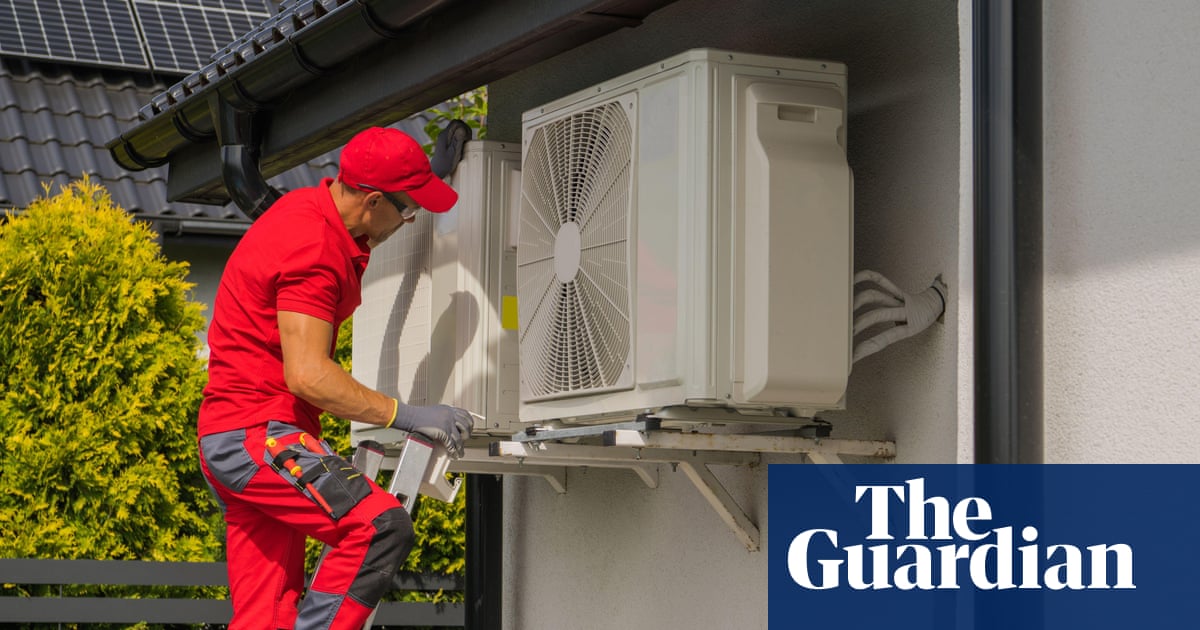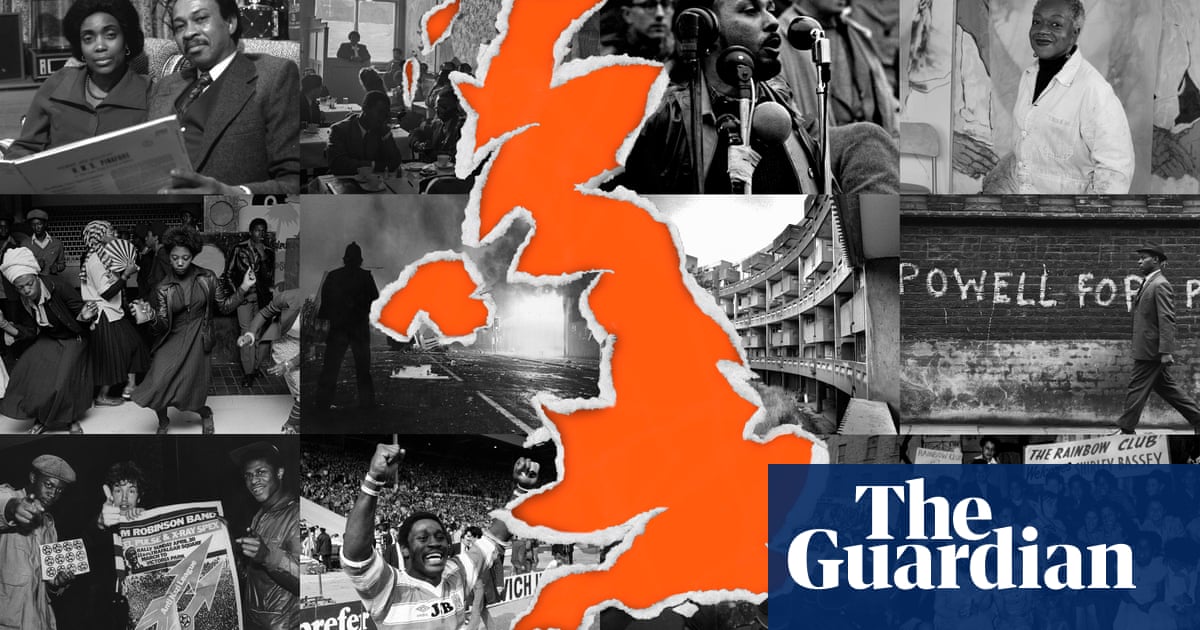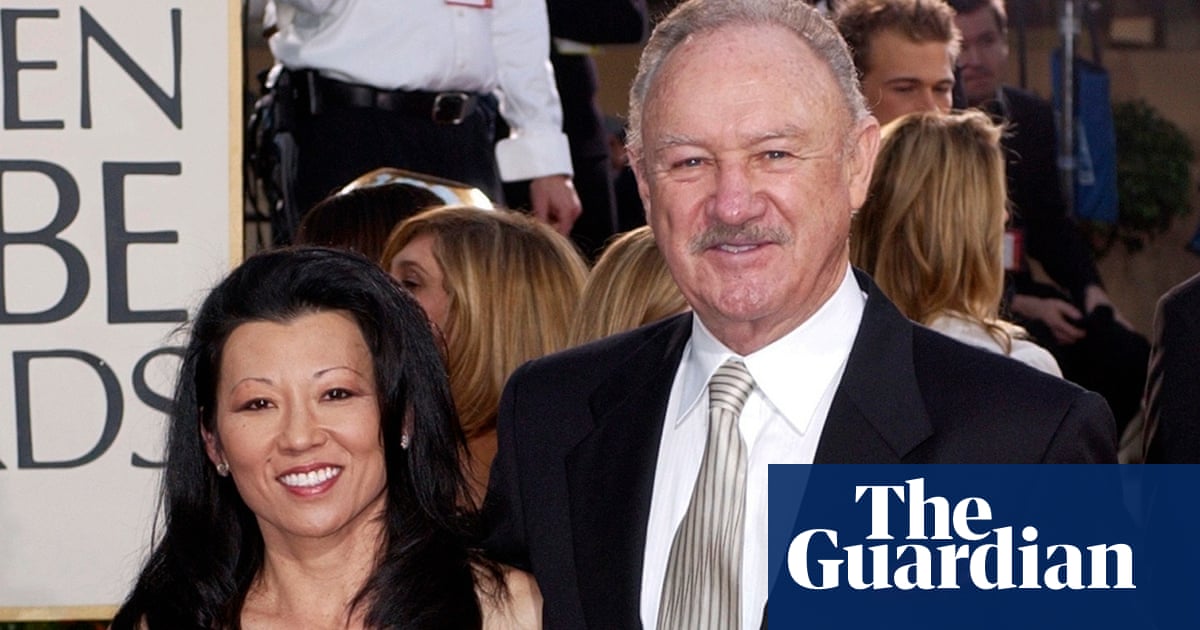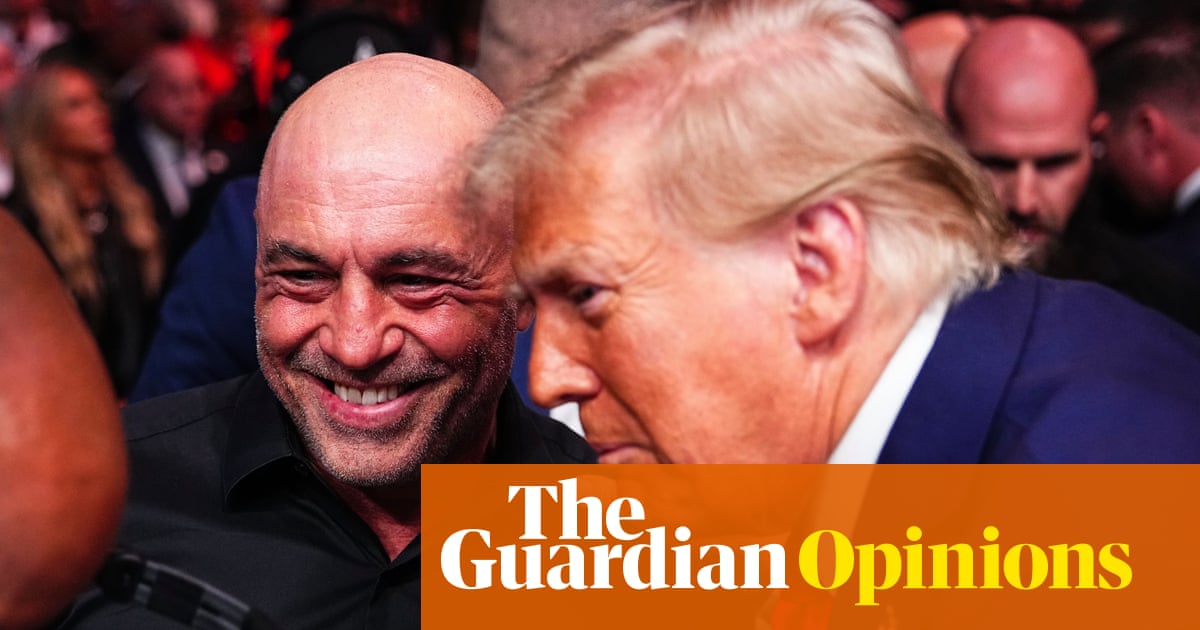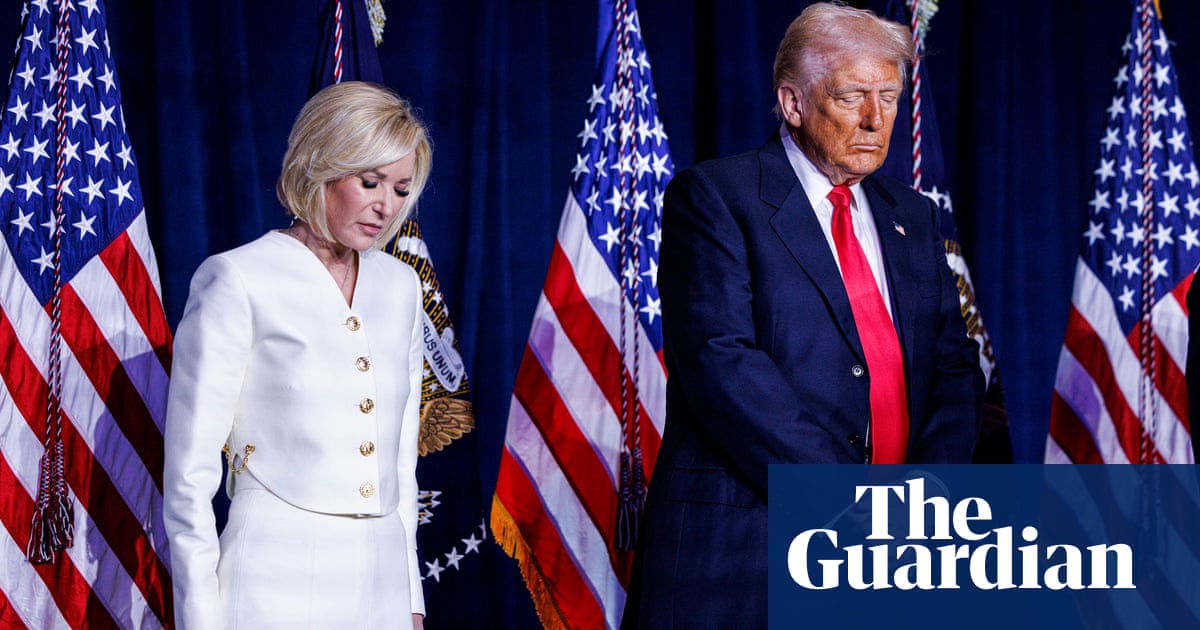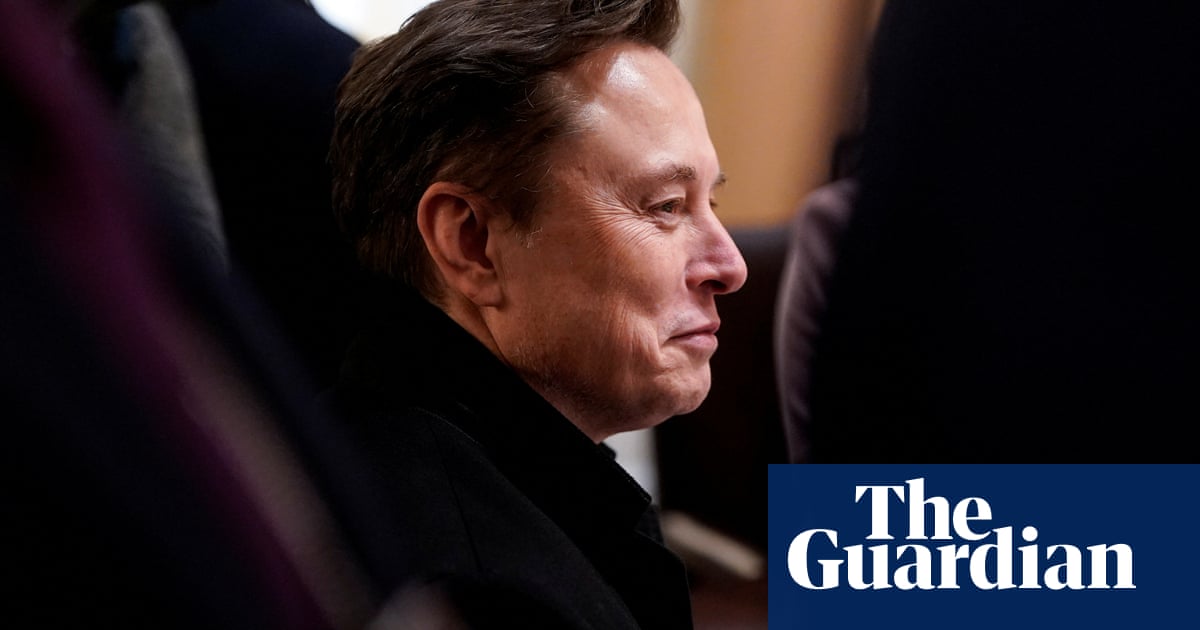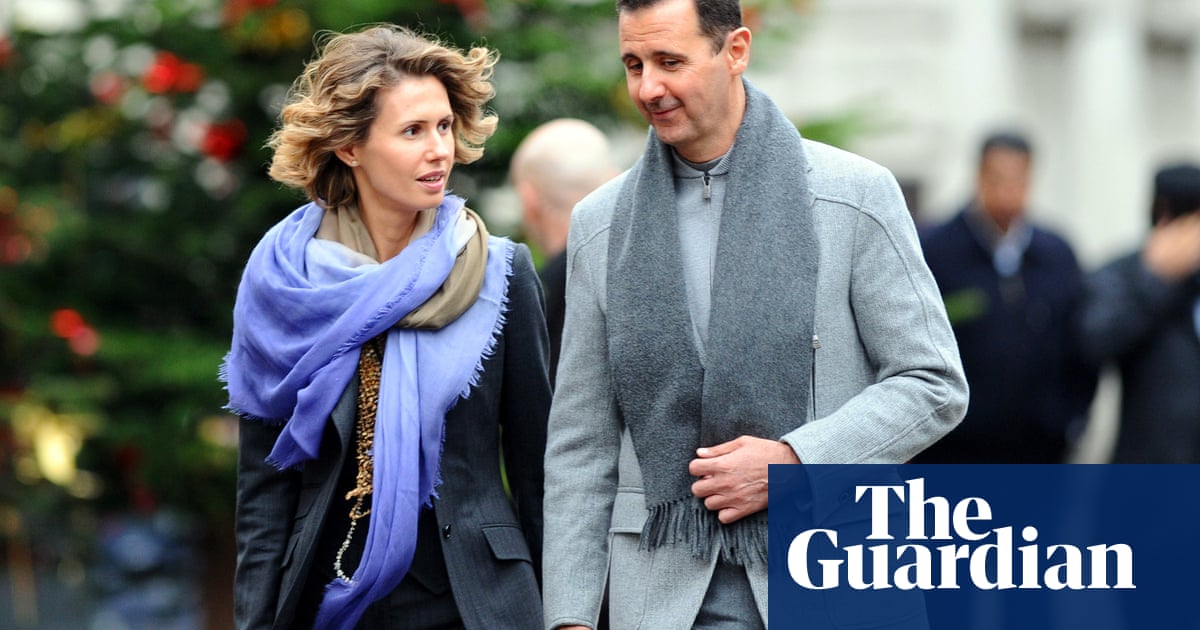What is the point of street protest? This is the question I asked myself as I rode the bus downtown to San Francisco city hall, where activists were hosting a rally and march for Hands Off, a national day of action meant to collect a broad range of resistance to the Trump regime under one banner.
During the first Trump administration, I’d gone to these a lot. I’d attended the Women’s March in Washington in January of 2017, and felt myself crushed between the bodies of the hundreds of thousands of attenders; I’d held a sign at JFK airport, chanting “Immigrants are welcome here”, a few weeks later, when Trump instituted his travel ban. In 2020, I’d marched in Black Lives Matter protests, trying to avenge the horror I had felt when I’d seen videos of police officers killing Black men, often as they begged for their lives, played over and over again on the tiny screen of my phone. I’d inherited a brutal and ugly world, I felt, and it seemed urgent to say that I rejected it, that I felt the rage and grief of its injustice, and to be among other people who felt the same way.
But in time, these demonstrations lost their salutary power, even as I kept going to them. I saw signs that irked me, making jokes that seemed cavalier or claims I found wrongheaded. I heard, and came to absorb, criticisms of protest movements as vain or self-congratulatory. Perhaps none was thought more so than the Women’s March, where I had once felt so hopeful, which became, instead of the blueprint for future activism that it was meant to be, something of a shorthand on the left for the feminine and the cringe, an effort thought to be heavy on self-seriousness and light on justifications for it.
But most of all, I think, I stopped believing that protests like the kind I was attending could have a political effect. Policymakers seemed indifferent to the expressions of mass displeasure we were making in the streets; if anything, our actions seemed to be radicalizing them against us further. Those in power were hostile to our worldview and indifferent to our desires: they kept on supporting violence and depravation, no matter how clever our chants were, and no number of bodies in the streets seemed to slow the regression of our rights, or stop the flow of money to wars of aggression abroad, or keep the titans of industry from plundering our institutions, stealing our wages, or gauging their prices. It wasn’t clear that these efforts were accomplishing anything. I remember peeling off from one march, on Manhattan’s Sixth Avenue, and heading for my subway line: I had realized, after more than an hour of walking and chanting, that we had been going in circles.
I suspect that I have not been alone in this feeling. And perhaps it has been this sense of protest’s futility – its inadequacy or even foolishness in light of the regime’s indifference to popular will – that has caused the delay in left-liberal opposition to the restored Trump regime, the sense of defeat and the lack of visible opposition even as the Maga right has pursued an especially sadistic and lawless version of their agenda. We had, after all, tried all this before. And where had it gotten us?
But the Hands Off protests that spread across the country this weekend offered a corrective, a sign that the depravity of the Trump agenda and the breadth of the injuries it is inflicting have roused a weary cohort of American liberals from their defeatist malaise. What emerged was a broad left-liberal coalition, with a slew of different priorities, united in opposition to what they see as an anti-constitutional assault on basic rights, civil society and human dignity.
In San Francisco, I saw an older white couple wearing T-shirts that read Resist or Nasty Woman – clearly leftovers from the first Trump era, dug out from the back of the closet – chatting amiably with a pair of young Black women wearing keffiyehs as hijabs. Palestinian, American and trans flags were in bountiful supply – along with the newly familiar flag of Greenland, the icebound and mineral-rich northern territory that Trump has concocted a bizarre plan to take over. Handmade signs held aloft amid the massive crowd spoke to a dizzying array of grievances against the Trump administration: from “Medicaid saves lives” to “Childhood vaccines cause adulthood” to “Hands off my social security”. A child let me take a photograph of a sign he’d made himself, in his inexpert handwriting, that read, “If you think education is expensive, try ignorance”, and was complete with three drawings of open books. Some signs pointed to federal programs the maker had benefited from – the Veterans Administration, Pell grants, the National Institutes of Health, national parks, Medicare – while speakers cited the local costs of Trump’s cuts and agenda, from pollution in the San Francisco Bay, to layoffs at local employers, to the plight of immigrant communities.
But overwhelmingly, the sentiment was pro-democracy and anti-oligarchical. One sign showed the Statue of Liberty covering her face and weeping: “No Fascists”, it said. Another showed Lady Liberty’s torch setting alight a Tesla Cybertruck. Elon Musk, Trump and Mark Zuckerberg appeared on one sign with the words “Down with the Broligarchy” – a popular catchphrase. Another sign read “End Citizens United” – a reference to the 2010 supreme court decision that allowed unlimited money into politics – a warping of the law that made the takeover of the federal government by monied interests inevitable. When a representative of a local nurses’ union spoke through a bullhorn, her most popular line summed up the tenor of the afternoon: “We can have billionaires, or we can have democracy,” she said. “We can’t have both.”
Such a large coalition, with such diverse priorities, is bound to contain contradictions and conflict. And it is true that the exact end goal of the protests, which had no single demand and only vague or tenuous plans for further action, remains ambiguous. But the afternoon, with participation across such a broad array of American left-liberal activism, convinced me that it remains possible for Americans to form a popular front: an alliance of people whose politics would not normally put them in alliance, who nevertheless come together against a fascist threat.
The future of the anti-Trump American political movement remains uncertain, and its direction is still not decided. But the work of shaping that future will happen on afternoons like this, in the heat or the rain, among people we might not otherwise choose to spend our time with. It will mean denying ourselves the luxury of hopelessness or disappointed fatigue. And it will mean proceeding doggedly along, through displeasure and uncertainty, towards a future we cannot yet see.
-
Moira Donegan is a Guardian US columnist

.png) 1 week ago
13
1 week ago
13



